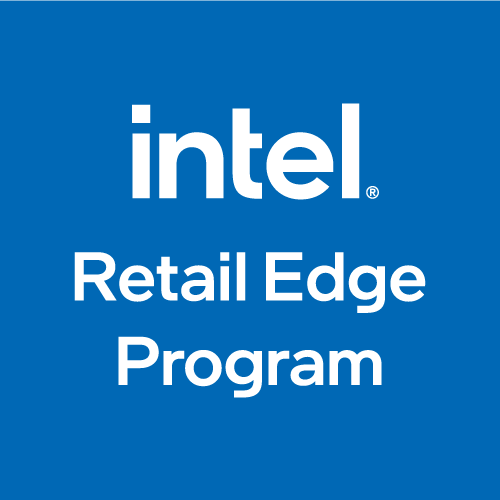6/29/18

Other findings2 that should excite sales managers who might be worried about online sales eroding their in-store revenue include:
The practice of online research while in the physical store cuts across demographic lines. Your youngest customers, from ages 18-24, are the most likely to research brands in-store. Overall, 72 percent of shoppers under age 44 research products online while in your store and complete purchases there.
There are estimates that in 2020, more than 80% of retail sales in the U.S. will still happen in brick-and-mortar locations.3 So, there is little doubt that in-store sales will remain king over online sales.
As noted above, there is a significant multiplier effect on per customer sales when the customer is helped by a sales representative. Customers clearly value face-to-face human expertise when committing to purchase.
After all, online research can only take most customers so far. They rely on the in-depth expertise and insights of your sales team to find specific PCs and other tech products that meet their needs.
Exceeding your customers' expectations regarding sales staff expertise is challenging but critical to creating a superb shopping experience. That happens only by investing in thorough training.
Here are some training ideas:
Along with acquiring a high level of product expertise, your sales associates must learn to respect the knowledge and opinions customers have acquired on their own. Know-it-all sales associates risk turning off customers.
Stores should assume their customers are consulting store and brand mobile channels before or during in-store visits. Consistency between the customer's online and offline shopping experiences provides a seamless transition, which lets your sales associates concentrate on providing product-related solutions and closing sales.
Transparency online and in-store regarding product information, purchasing details, warranties, and an up-to-date inventory status is essential to blending these experiences.
Arming your team with mobile tools that personalize and streamline the in-store shopping experience is invaluable also. For example, the Intel® Retail Experience Tool (RXT) is an interactive sales tool used by associates right on the sales floor to engage customers with demos and videos to illustrate the power and benefits of Intel® processor-based devices.
More customers are combining online and offline product research than ever before. Smart retailers are embracing this trend by accommodating customer online research in the store plus providing transparency with regard to product information, pricing, and inventory. Those steps plus a high level of sales team training induces customer confidence, which potentially results in two to four times higher in-store sales.
With regard to Intel® products on your shelves, there is no better resource for increasing your sales team's knowledge of these products than the Intel® Retail Edge Program. It offers your associates a dynamic, interactive, multimedia learning environment plus the opportunity to earn valuable rewards to keep them engaged and motivated to learn.
This article originally appeared here on LinkedIn* and has been updated for accuracy and freshness.
References:
*Other names and brands may be claimed as the property of others.
©Intel Corporation 2018. Intel, the Intel logo, Intel Retail Edge Program, and Intel Retail Edge Live are trademarks of Intel Corporation or its subsidiaries in the U.S. and/or other countries.
1 https://ycharts.com/indicators/ecommerce_sales_as_percent_retail_sales
2 http://info.inmoment.com
3 https://www.mckinsey.com/business-functions/
